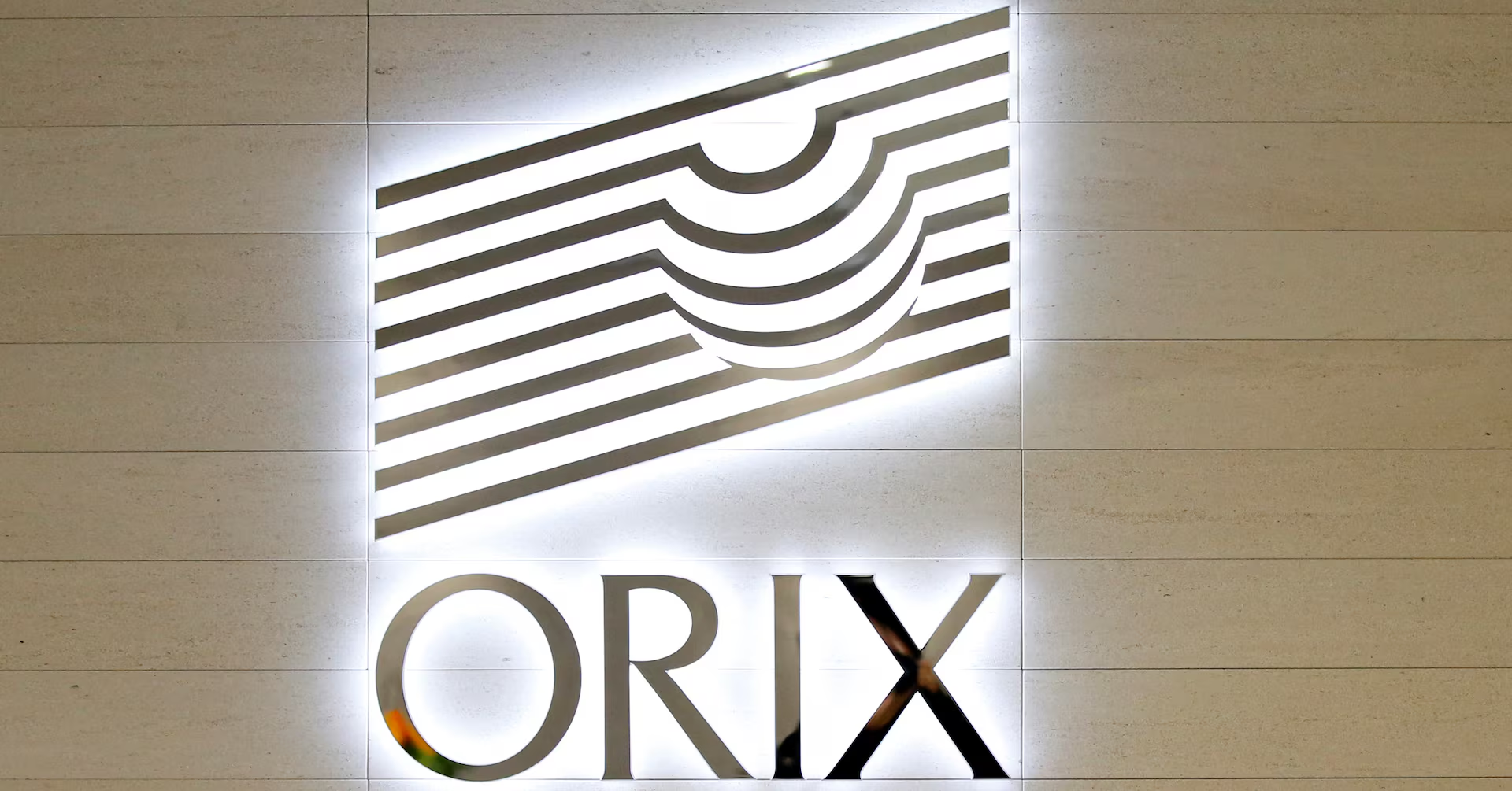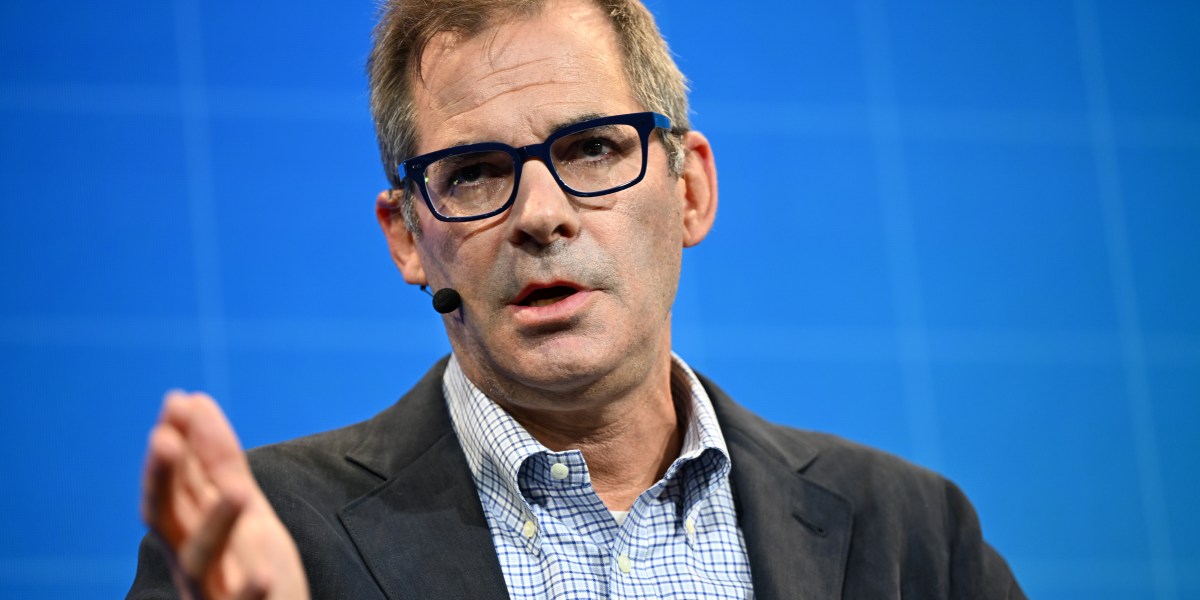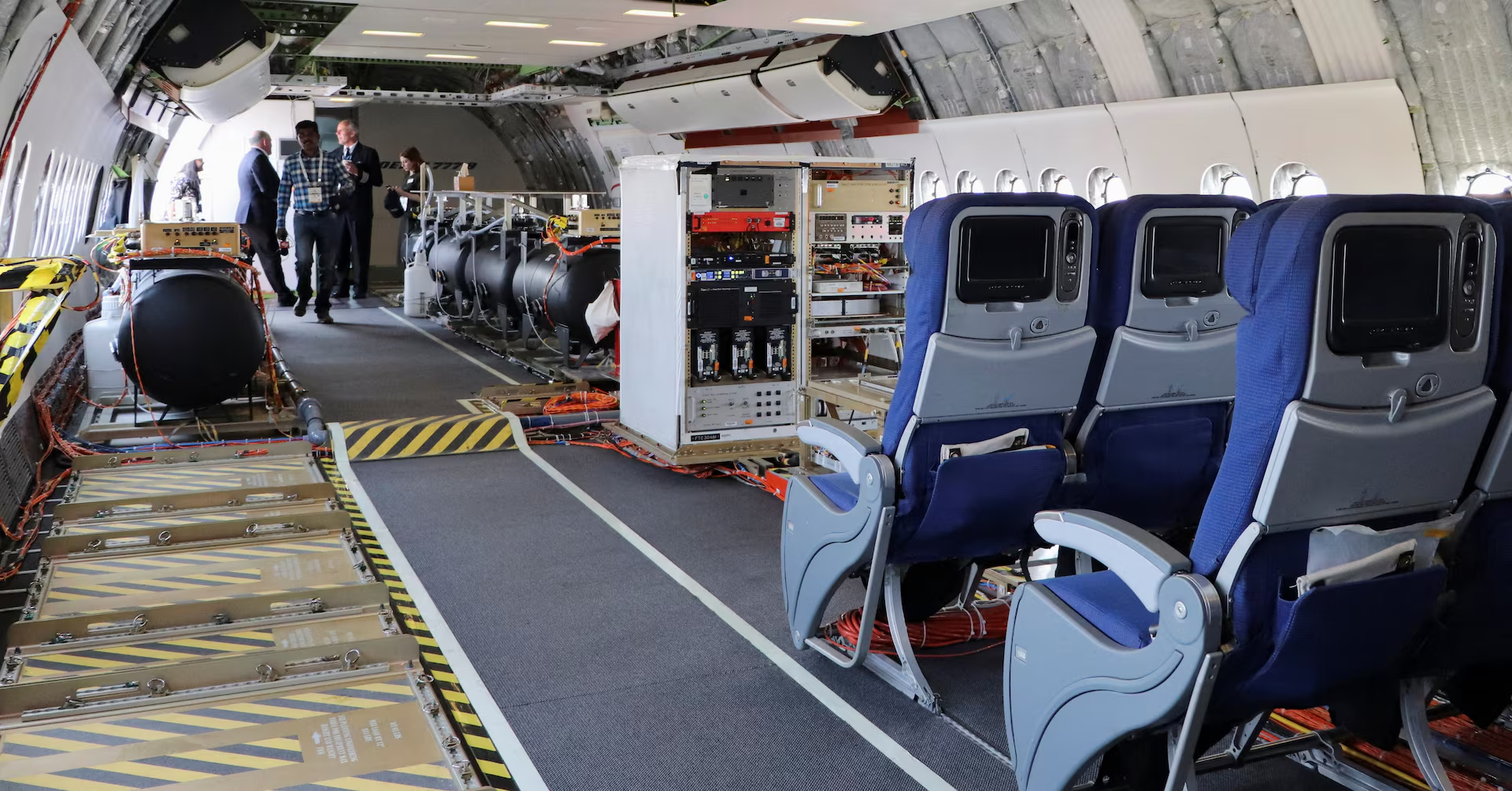CoreWeave needed a lot of things to go right on Monday as it released third-quarter financial results, and one of the most critical was showing that its contracted future revenues could hit a $50 billion target Wall Street had set as a benchmark for the AI data-center and infrastructure operator.
In its announcement, CoreWeave confirmed it nearly doubled its revenue backlog, which includes “remaining performance obligations” (RPOs) and other amounts it estimates will be recognized as revenue, to $55.6 billion, up from $30 billion the previous quarter. The surging backlog, which represents future revenues from customers, was driven by contracts with Meta, OpenAI, and French AI startup Poolside. Earnings and revenue, meanwhile, both beat analysts’ consensus estimates.
The company also reported an increase in the debt on its balance sheet, however, and it revised its full-year revenue guidance downward. Following its earnings release and call with analysts, the stock dropped 6% in after-hours trading.
Some investors have trained a gimlet eye on CoreWeave as more skeptics kick the tires of the booming AI trade and the concurrent infrastructure buildout. Concerns about CoreWeave, which some see as a potential canary-like indicator of weakness in the AI ramp-up, and about the AI build-out in general have sent the stock on a journey that has seen it tumble more than 30% from mid-August highs.
The downward revision in revenue guidance reflected delays in construction of some of CoreWeave’s data centers. “While we are experiencing relentless demand for our platform, data center developers across the industry are also enduring unprecedented pressure across supply chains,” CEO Michael Intrator said during the analysts’ call. “In our case, we are affected by temporary delays related to a third-party data-center developer who is behind schedule.”
Chief financial officer Nitin Agrawal offered full-year 2025 revenue guidance of $5.05 billion to $5.15 billion, down slightly from the guidance Intrator offered on the second-quarter earnings call, of between $5.15 billion to $5.35 billion. The customer impacted by the delay agreed to adjust the delivery schedule and extend the expiration date, Intrator said, which means CoreWeave will maintain the total value of the original contract.
Agrawal said the company’s 2025 capex spending would be between $12 billion to $14 billion, down significantly from the $20 billion to $23 billion Intrator forecast last quarter. However, Agrawal said CoreWeave expects 2026 capex to soar.
“Given the significant growth in our backlog and continued insatiable demand for our cloud services, we expect capex in 2026 to be well in excess of double that of 2025,” Agrawal said.
Revenue leaps, losses narrow, debt increases
CoreWeave reported revenues of $1.4 billion for the quarter, up from $584 million in the same quarter last year and beat analysts’ estimates. Profitability, at least by traditional GAAP measures, remains elusive. CoreWeave reported a net loss of $110 million, although it was an improvement over its $359.8 million loss in the third quarter last year and also better than analysts expected.
Adjusted net loss, which shows financial performance without extraordinary items, was $41 million for the quarter compared to the same quarter last year when it was break-even, Agrawal said. Adjusted EBITDA, which shows earnings without certain one-time expenses, were $838 million in the third quarter, compared to $379 million in Q3 2024.
Operating income, a metric that shows profit from core businesses, fell to $51.9 million, compared to the same quarter last year when it was $117.1 million. Operating margins shrunk to 4% from 20%.
Meanwhile, adjusted operating income, which shows a different view on core business performance, was $217 million for the third quarter, compared to $125 million in the third quarter of 2024, said Agrawal, the CFO. CoreWeave’s third quarter adjusted operating margin was 16%, due to higher revenues, lower costs, and the timing of data center deliveries from third parties.
While Monday was just this side of positive for CoreWeave, analysts who are bearish on the AI cloud computing company remain leery of its finances. They see the company as at risk of being overwhelmed by the significant financial commitments it has taken on to build out data centers, which currently look disproportionately large compared to its revenues and cash flow. Based on its latest earnings release, CoreWeave has $9.7 billion in bills due within the next 12 months on its balance sheet, and a total of $14 billion in current and longer-term debt. Last quarter, those figures were $7.6 billion and $11 billion, respectively.
CoreWeave also has $34 billion in scheduled lease payments on contracts that will commence between now and 2028. Interest expense reached $311 million for the quarter, nearly triple the figure from the year-earlier period, of $104 million.
CoreWeave bulls, meanwhile, remain confident that revenues from the company’s book of contracts will eventually far outstrip its debt obligations. During the past three months, CoreWeave has announced a spate of significant deals, booking a $14.2 billion deal to provide Meta with computing capacity and an agreement with Poolside for a data center with 40,000 of Nvidia’s coveted GPUs.








